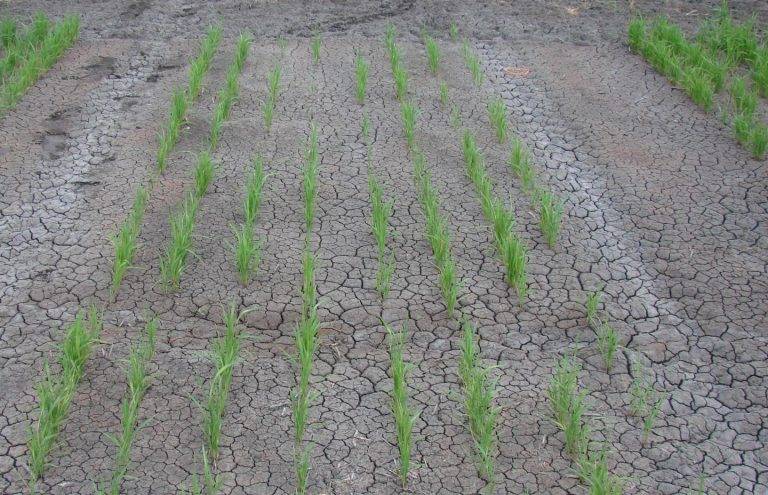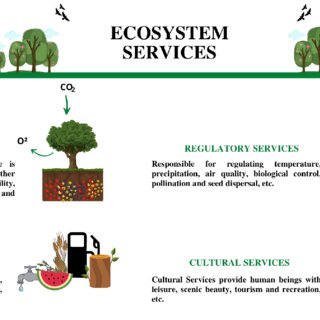Dieffenbachia camille plant | Dumb Cane Care Guide
Dieffenbachia camille plant is famous for its oval-shaped leaves and colouration. It is commonly known as Dumb Cane or Leopard Lily Camille, a member of the Araceae Family along with Peace Lily and Monstera. Yellow variegation with the green border makes it a loving plant for aesthetic values. It also offers air-purifying benefits. This comprehensive guide about Dieffenbachia Camille plant care will provide you with everything you need to know to keep your Camille Plant at home.
Dieffenbachia Camille Plant Care
Consider the following care directions to keep this plant in your home garden.

Bright but Indirect Light
Dieffenbachia Camille flourishes in bright, indirect light. Placing your plant near a north or east-facing window ensures it receives ample light without exposure to the harsh, direct sun that can scorch its delicate leaves. If natural light is insufficient, consider using artificial grow lights of 10,000 to 20,000 lux to supplement.
Consistent Water Requirements
Dieffenbachia prefers consistently moist soil but is susceptible to root rot if overwatered. Water your plant thoroughly when the top inch of the soil feels dry. Ensure the pot has good drainage to prevent water pooling at the bottom. During the growing season (spring and summer), you may need to water more frequently while reducing watering in the dormant months (fall and winter).
Temperature Requirements
This tropical plant thrives in warm temperatures between 65-75°F (18-24°C). Avoid placing your Dieffenbachia Camille near air conditioners or heaters, as sudden temperature fluctuations can cause stress and damage to the plant.
Humidity Requirements
Dieffenbachia Camille loves high humidity levels, similar to its native tropical habitat. A humidity level of around 60-80% is perfect. If your home is dry, especially in winter, use a humidifier, place the plant on a humidity tray, or regularly mist the leaves with a sprayer to maintain adequate moisture.
Soil Requirements
A well-draining, nutrient-rich potting mix is essential for better growth. A mix of peat moss, perlite, and regular potting soil works well. Ensure the soil is slightly acidic to neutral (pH 6.0-7.0) to support healthy growth.
Balanced Liquid Fertilizer
Feed your Dieffenbachia a balanced, liquid, water-soluble fertilizer every 4-6 weeks during the growing season (spring and summer). Organic fertilizers are also a good option.
Potting and Repotting
Select a pot with drainage holes to prevent waterlogging. Report your Dieffenbachia Camille every 2-3 years or when it outgrows its current pot. Signs that indicate it’s time to report include roots growing out of the drainage holes or the plant becoming top-heavy.
Pruning and Maintenance
Pruning helps maintain the shape and health of your Dieffenbachia Camille. Remove yellow or damaged leaves of the leggy growth to encourage new growth. Prune the plant back if it becomes leggy to promote bushier growth. Always use sterilized tools to prevent disease spread from diseased to healthy plants.
Pest and Disease Control
Dieffenbachia Camille is relatively pest-resistant but can be affected by aphids, spider mites, fungi gnats, and mealybugs. Regularly inspect your plant and treat infestations promptly with insecticidal soap or neem oil. Avoid overwatering and ensure good air circulation around the plant to prevent diseases like root rot.
Toxicity to Pets
If ingested, Dieffenbachia Camille is toxic to pets and humans, causing oral irritation and swelling. Keep the plant out of reach of children and pets, and wash hands thoroughly after handling.
Seasonal Care and Propagation
Seasonal Care
- Spring and Summer: Increase watering frequency and fertilize regularly. Ensure the plant gets adequate light.
- Fall and Winter: Reduce watering and move the plant closer to a light source if needed. Maintain humidity levels with a humidifier.
Common Problems and their Solutions
- Yellowing Leaves: Often caused by overwatering or poor drainage. Check soil moisture and adjust watering practices.
- Brown Leaf Tips: Indicate low humidity or excessive fertilizer. Increase moisture and flush soil to remove excess salts.
- Drooping Leaves: Usually a sign of underwatering or sudden temperature changes. Ensure consistent watering and stable temperatures.
Propagation – Simple Steps to Multiply Dieffenbachia
Propagating Dieffenbachia Camille is straightforward and rewarding. The most common method is stem cuttings:
- Choose a Healthy Stem: Select a healthy stem with at least one node.
- Cut and Prepare: Cut below the node and remove the lower leaves.
- Rooting: Place the cutting in water or moist soil and keep it in a warm, humid environment.
- Transplant: Once roots develop, transplant the cutting into a pot with fresh soil
Conclusion
Caring for Dieffenbachia Camille is a rewarding experience as it enhances your home’s beauty and air quality. Understanding its light, water, temperature, and soil requirements ensures your plant remains healthy for a long time. Regular pruning, proper fertilization, and attention to pest control will keep your Dieffenbachia Camille thriving for years.
FAQs
I’m Dr Qaiser Maqsood (PhD), a dedicated researcher and expert in Biological Sciences, Gardening, Bio-Diversity, Ecology, and Environmental Sciences. I’m much concerned about Environmental Pollution, Climate Change, Plantation, Gardening, and Global Warming. My passion is to explore innovative solutions in all these fields.
Be aware that we have ONLY ONE EARTH. Protect it!!





